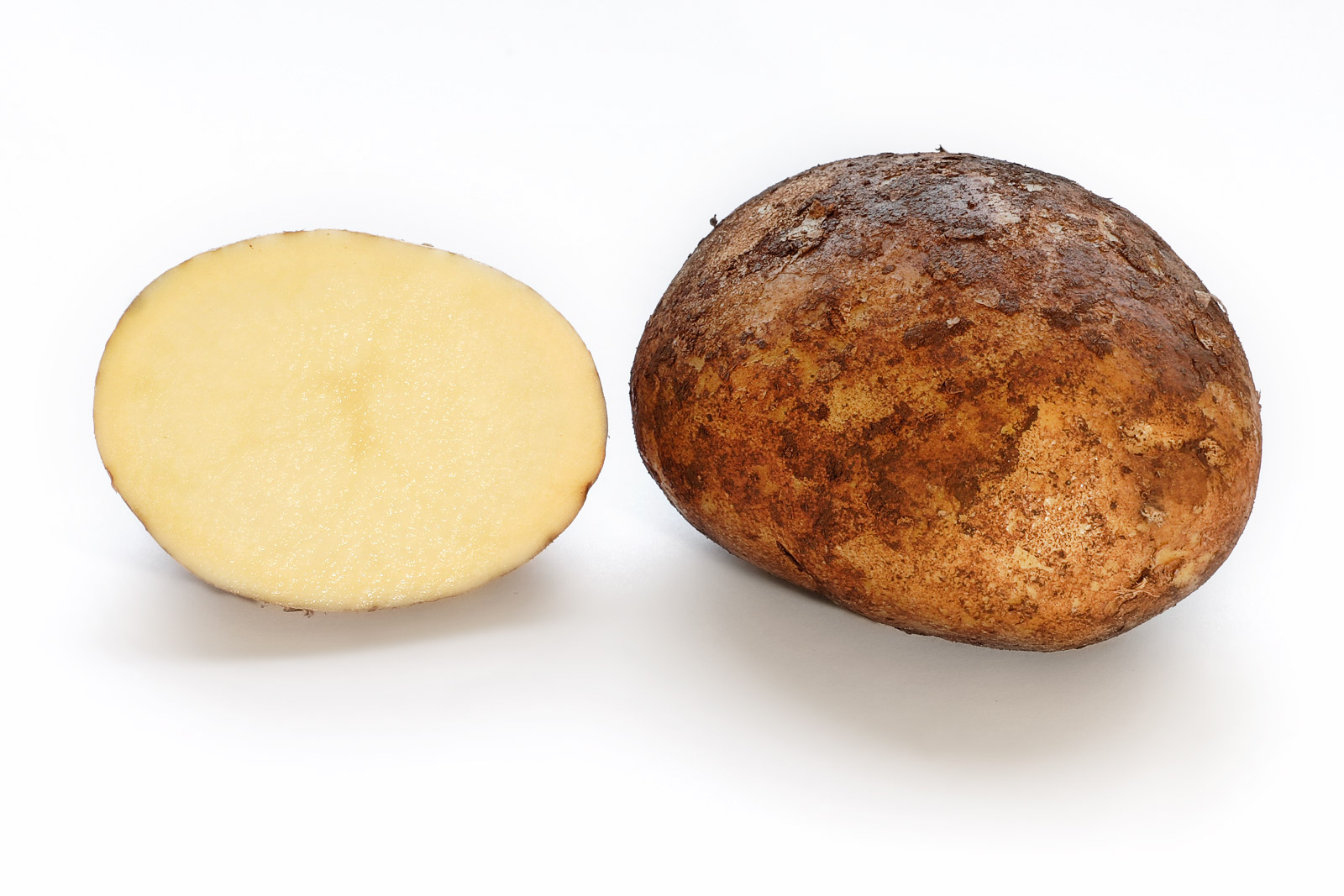Back to the point. Caffeine being a drug does stuff to your body. Turns out that consumption of caffeine during pregnancy can have negative effects on baby. Before we list them we need to know how much caffiene is in common drinks. A good list is found here Rule of thumb: a cup of coffee is 75-100 mg, cup of tea 50 mg, can of coke 35-45 mg and dark chocolate 20mg for 30 grams. With this in mind:
- > 300 mg daily is associated with low birth weight / fetal growth restriction
- > 141 mg is reduces birth weight
- Maternal caffeine concentration has an inverse association with birth weight
- > 300 mg daily might be associated with increased probability of a miscarriage or low birth weight, however these conclusions were controversial.
The thick blue line is the function that relates fetal growth restriction to caffeine uptake. The dashed lines are the 95% confidence levels. Thus giving the range of expected results. You might think that there is a large variation from person to person looking the range. This is true but is very typical of animal studies, including humans. (People typically have such a wide range of responses to any drug, even simple things like panadol I notice an effect on half a tablet yet Tiffany needs two to kick in).
The other thing to note is that there is a very rapid impact on baby growth with only a small intake of caffeine. As the caffeine level increases past this rapid impact zone there is a much less rapid increase of fetal growth restriction. From this data is was sensibly concluded:
We suggest that sensible advice for women contemplating pregnancy is to reduce their caffeine intake from all sources before conception. Once pregnancy is confirmed, they should make every effort to stop or markedly reduce caffeine consumption.So put caffeine on the list of things to reduce or eliminate while pregnant. The reason I say reduce or eliminate is that some mums need chocolate to get through the ups and downs of pregnancy and to be kept sane!!! So don't feel guilty about chocolate consumption, just limit it and try not to have it every day. I would suggest the positive emotions created by eating chocolate might cancel out the negative effects of the caffeine on baby. I am totally convinced that negative emotion while pregnant is unhealthy to baby.... so one has to balance the risks!










